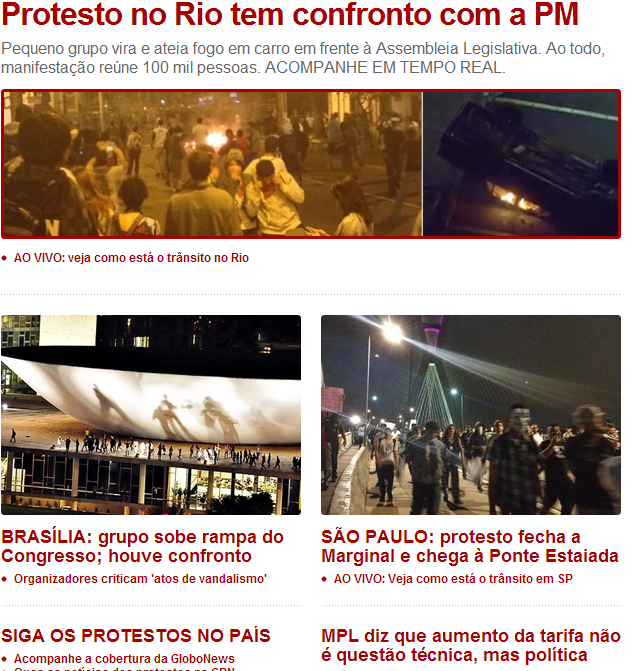The Central Bank announced a reduction of 0.5 percentage points of base interest rate (Selic) from 12% to 11.5% per year. The announcement was made by Copom (Monetary Policy Committee) late on Wednesday October 19th.
With an eye on economic growth next year, the Central Bank decided to maintain the downward trend in interest rates – the benchmark for banks to fix the cost of borrowing for businesses and individuals in the country.
After surprising the financial market in the last Monetary Policy Committee meeting in August, the decision of the directors of the Central Bank was as expected.
Although most analysts still disagree with the diagnosis of BC for inflation next year, the expectation was further drop in interest rates. Especially after the warnings made by the president of the institution, Alexandre Tombini, that moderates in the Selic rate cuts are “consistent with the convergence of inflation to the target of 2012.”
Given the expectation of a BC steepest decline in world growth, reflecting the level of activity in Brazil, it was speculated that the magnitude of the cut could be higher, reaching a percentage point.
It was not what happened.
The decision of the Monetary Policy Committee, recently announced, indicates that the scenario with which the officers worked at the end of August has not changed much. Instead, only if confirmed. Therefore, maintaining the pace of decline in interest rates. Within the government, the assessment is that, from now on, the difference between the forecasts made by market analysts for inflation next year and officials should begin to reduce.
While the target for the CPI (price index reference to the government) in 2012 is 4.5%, the Central Bank has been working with the market with 4.7% and 5.61%. The official target is a range of two percentage points, meaning that the Central Bank has to calibrate the interest rate to ensure that inflation will reach a maximum of 6.5% next year.
For the government, although the market still reviewing their weekly estimates of inflation up to 2012, the rate of rise is stalling. As the unfolding international financial crisis means less economic growth in the world, it is believed that the projections should be even closer to the official figures.
For the Central Bank, the differences are natural-looking face of a “new and complex scenario” as lived in the world since the end of 2008.
While the Central Bank believes the world will live an extended period of low growth, which will help to reduce inflation in major economies, including Brazil, economists argue that the slowdown in activity level in Brazil will be stronger in the second half of this year.
In 2012, the pressure increases will continue, driven by real wage increases achieved this year and demand is still warm.


